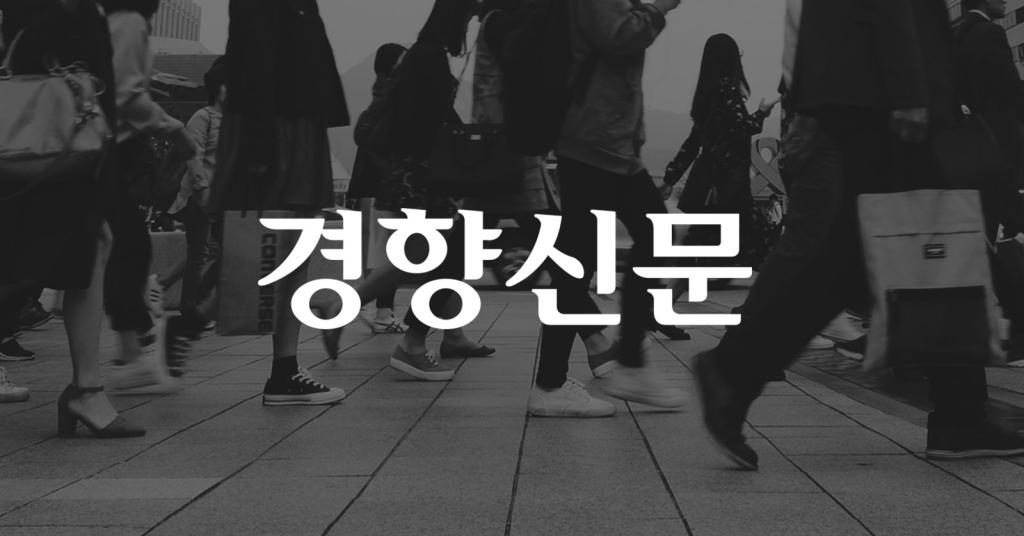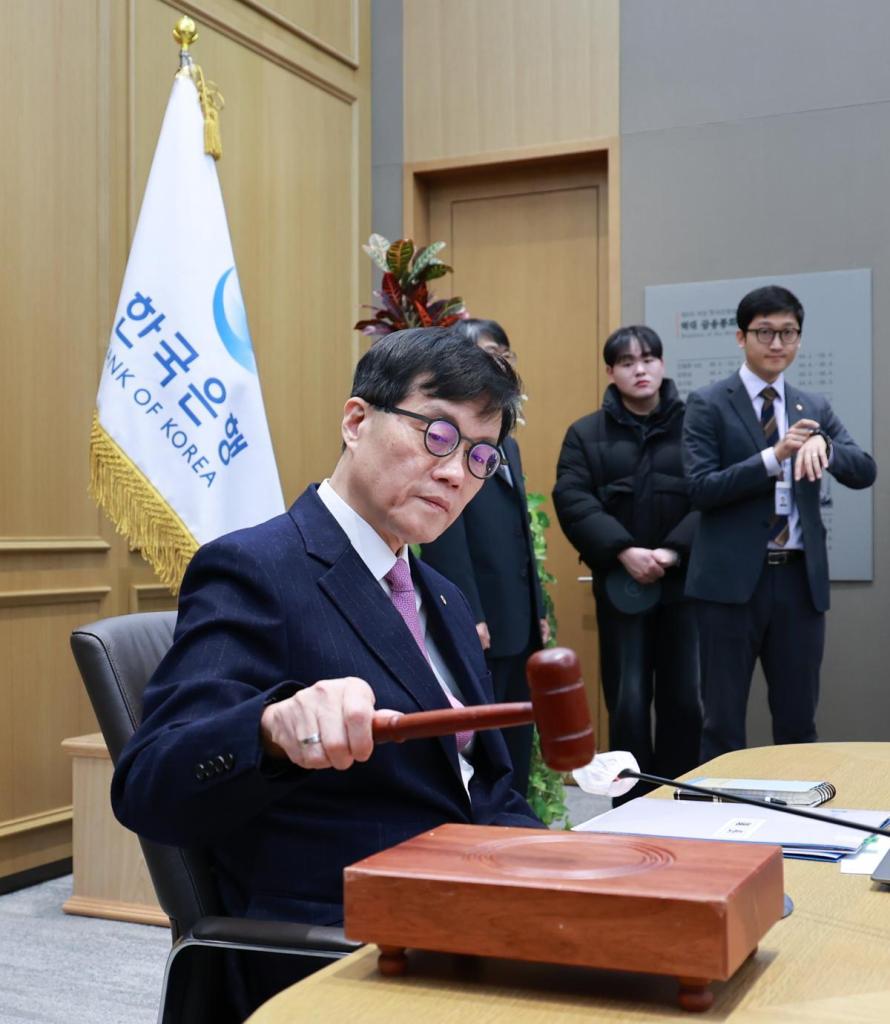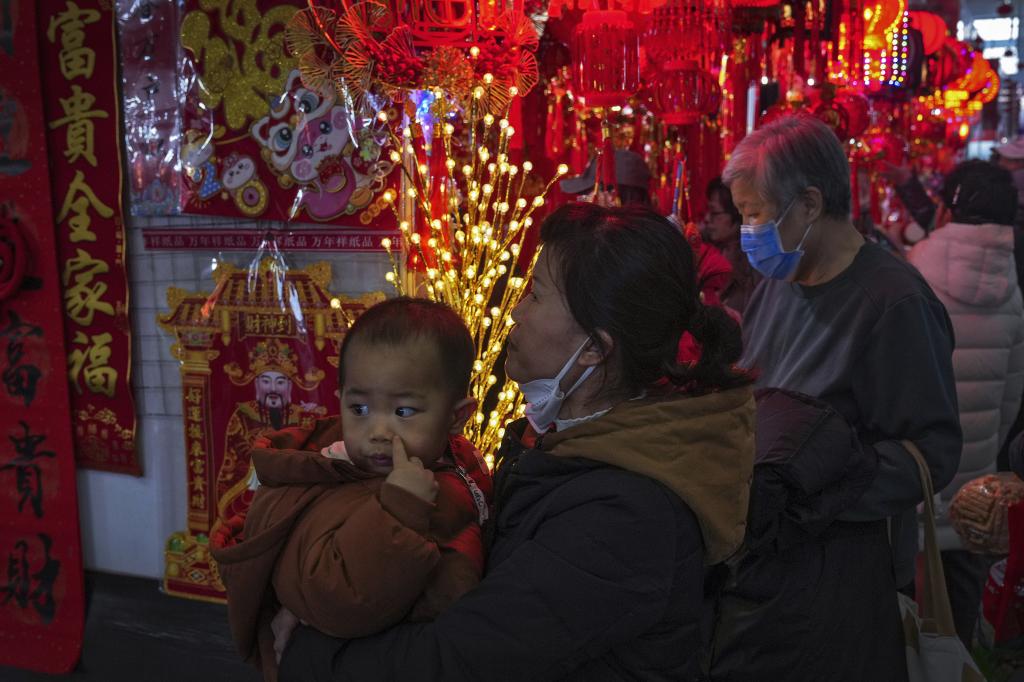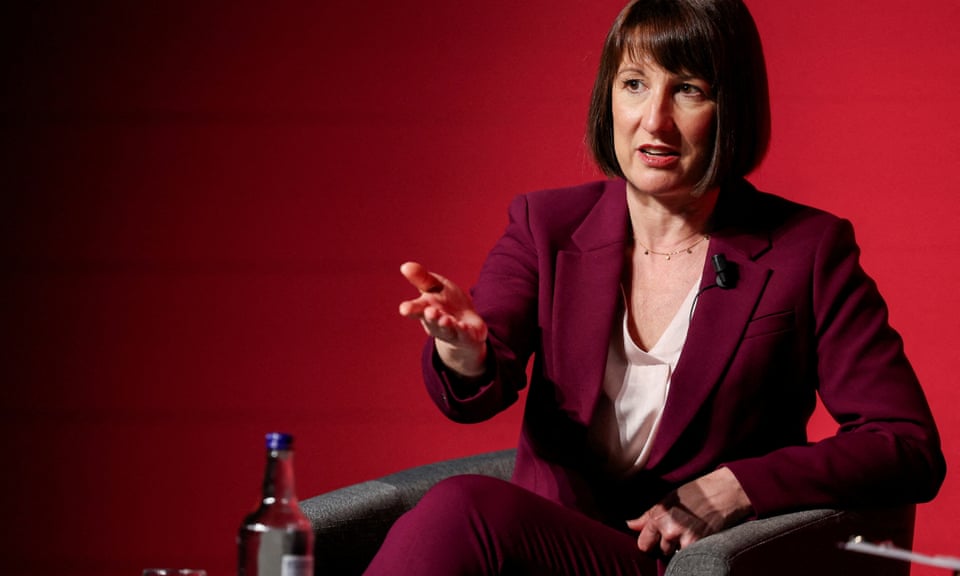Bank of Korea Maintains Interest Rates Amid Economic Uncertainty
Explore the Bank of Korea’s decision to keep interest rates at 3% amidst rising economic challenges and currency fluctuations.
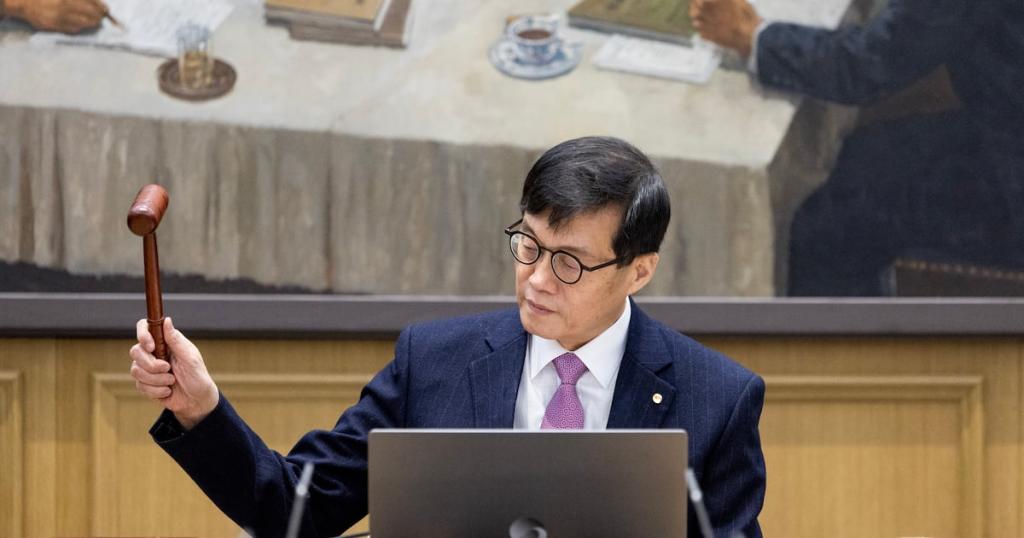
Key Points
- The Bank of Korea
decided to hold the policy interest rate at 3% to maintain economic stability amid rising political and economic uncertainties.
- Fluctuations in the currency market, particularly the won's decline against the dollar, influenced the bank's cautious approach to monetary policy.
- Experts predict a gradual pace of interest rate cuts may begin in February, depending on the evolving domestic and international economic landscape.
The financial landscape of South Korea has recently been marked by significant challenges, prompting the Bank of Korea (BOK) to maintain its policy interest rate at a steady 3%. This decision comes amid rising economic concerns, including political instability and fluctuations in the currency market. In an environment where many had predicted a rate cut to stimulate the economy, the BOK's choice is both surprising and strategic.
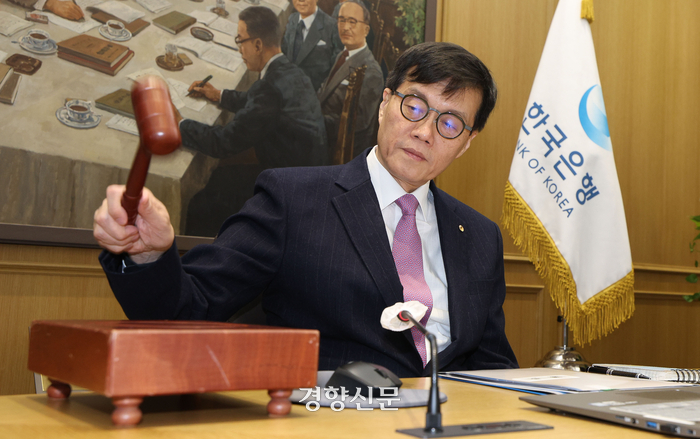
The Context Behind the Decision
As the BOK convened its monetary policy review, the backdrop of political turmoil due to the impeachment of President Yoon Suk Yeol and significant economic turmoil was palpable. The central bank’s recent two consecutive rate cuts in October and November of the previous year aimed to address growing domestic economic challenges. However, since then, external factors like the uncertain political climate and a weakening won against the US dollar have complicated the economic outlook.
In recent weeks, the won plummeted to a 15-year low against the dollar, and this prompted the BOK to adopt a cautious stance. A potential rate cut could have further exacerbated the currency’s volatility, a risk the central bank appears unwilling to take at this juncture.

The Implications of an Unchanged Rate
By choosing to maintain the interest rate at 3%, the Bank of Korea is signaling its commitment to ensuring economic stability. According to experts, this strategy is designed to provide a buffer against external shocks, particularly as the United States Federal Reserve may adjust its own policies under the new Trump administration.
Moreover, recent consumer confidence surveys indicate a decline, with the consumer sentiment index dropping significantly, highlighting the public's growing economic anxiety. This preservation of the interest rate can be seen as a measure to cultivate stability in such uncertain times.
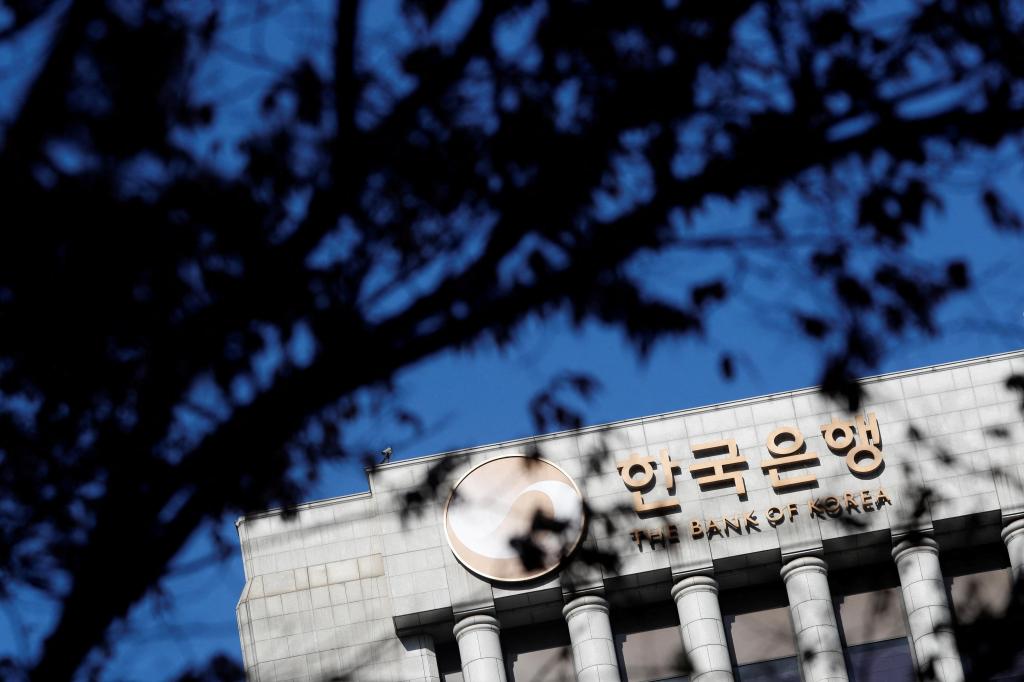
Looking Ahead: Future Forecasts and Strategies
Analysts are closely monitoring the situation, with many predicting that further cuts may occur later in the year depending on how the political and economic landscapes evolve. The growing expectation is for a more gradual approach to monetary easing, possibly beginning in February. Experts suggest that the BOK is waiting to ascertain the impacts of geopolitical events, including any economic fallout from the new US administration’s policies.
This cautious approach reflects a broader trend seen in central banks worldwide, wherein able responses are prioritized during times of economic unease. Analysts posit that the BOK's future decisions will hinge on consumer confidence, currency stabilization, and the global economic environment.

The Balance of Growth and Stability
The challenge for the Bank of Korea remains in balancing economic growth with financial stability. With calls for aggressive monetary easing in the face of a slowdown, the BOK has opted for caution in its approach. This decision is not only prudent but necessary to prevent a potential exacerbation of the won's depreciation.
As we near the next policy review, all eyes will be on how external factors shape the local economy. The ability of the BOK to adapt its monetary policy according to these dynamic conditions will be vital for fostering an environment of stability and growth.
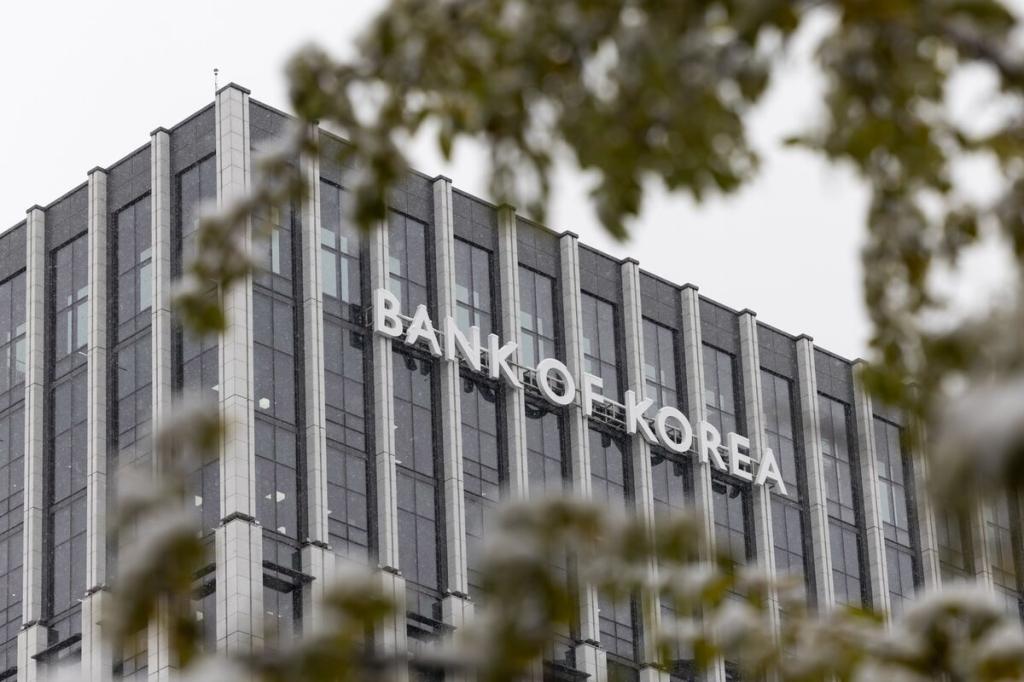
The Bank of Korea’s decision to hold its interest rate steady at 3% reflects a deeply careful balancing act in response to complex economic pressures. By prioritizing stability amidst volatility, the BOK is not just reacting to current market developments but is also proactively steering the South Korean economy toward a more sustainable future. Observing how this strategy unfolds will be crucial for stakeholders both domestically and internationally.
